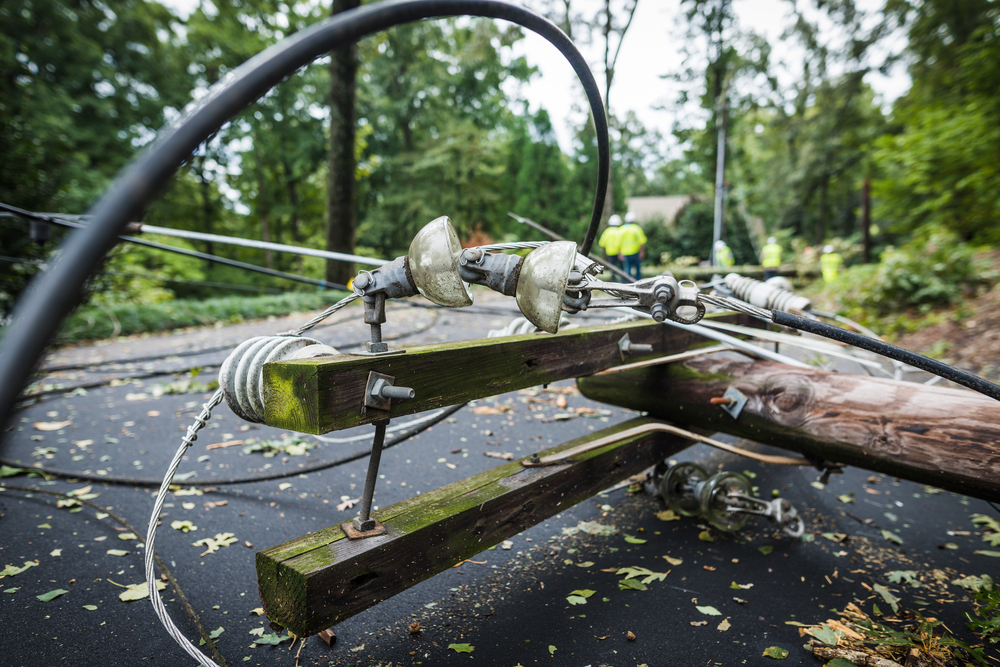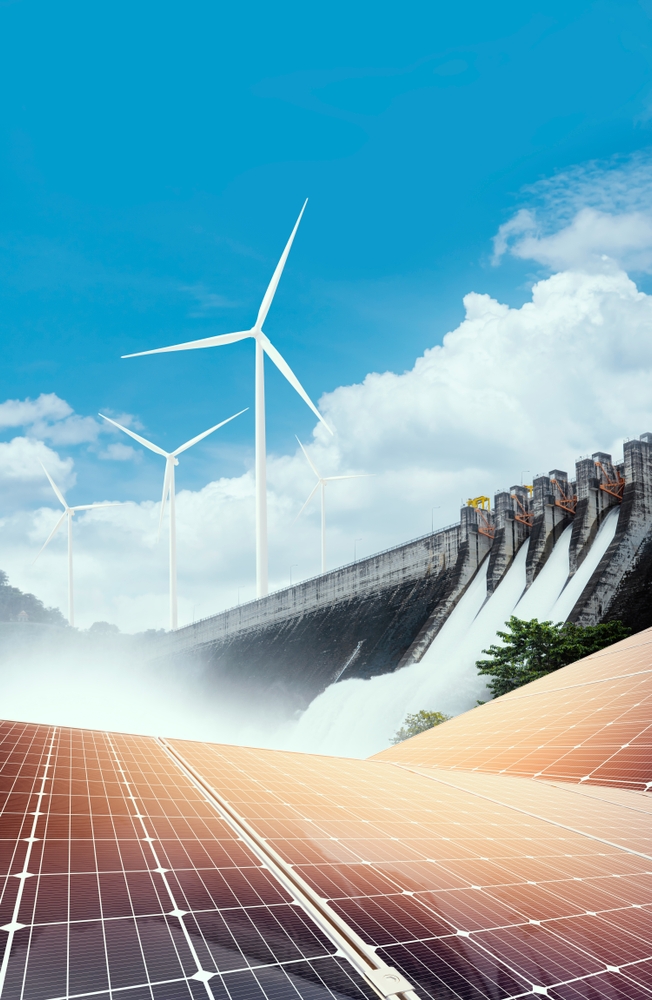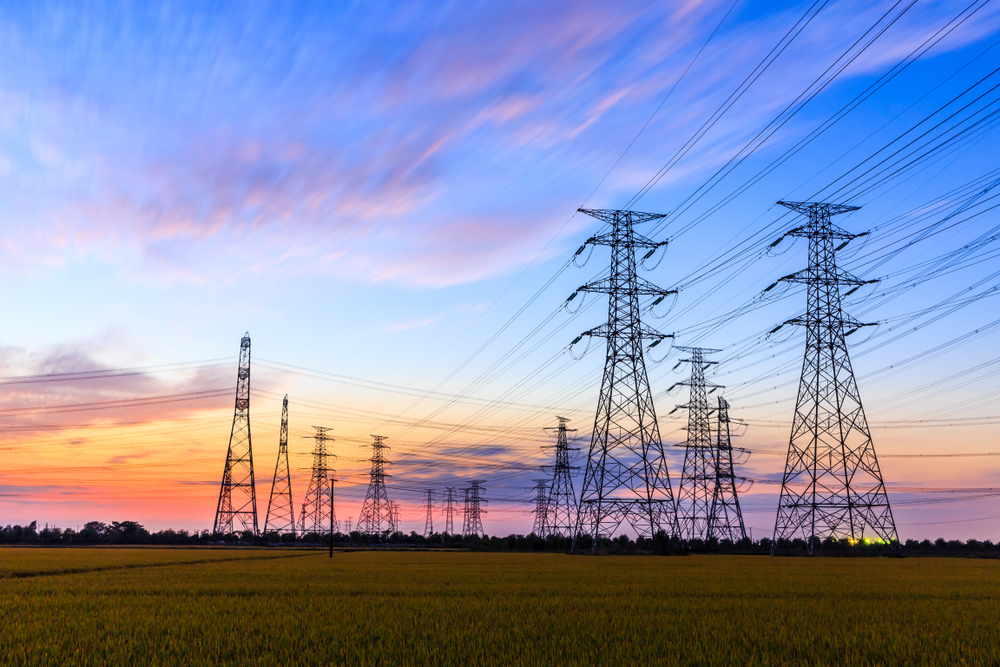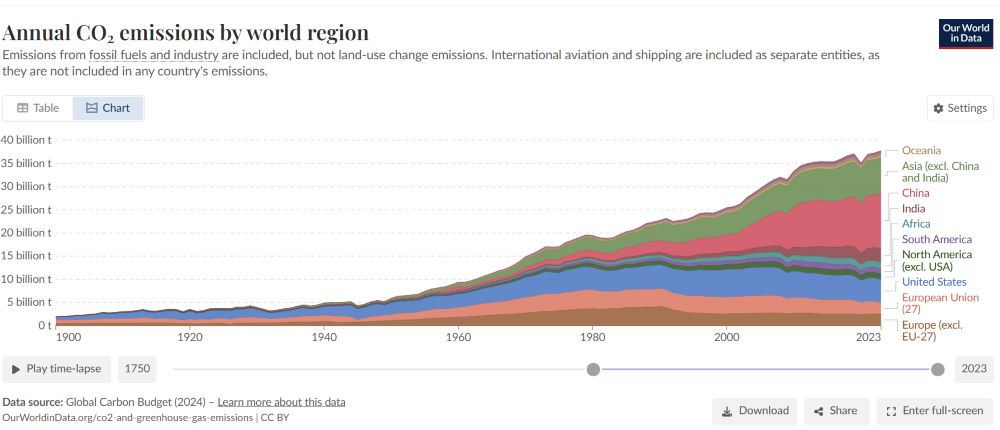As I write this, the power has been out at my home for nearly 12 hours during one of the storms that rolled through the USA in early January. Granted, a winter storm could have knocked power out from the electric grid in my neighborhood at any time, with or without a climate crisis.
But a day without electricity clarifies how fragile are our electric grids and, hence, our lives in today’s world. The ability to refrigerate and cook food, heat homes, use computers, charge digital devices, and much more depends on electrical power. In this post, I will focus on the status of the electric grids in the USA. What are their current weaknesses?
Weaknesses of Current Electric Grids
The MIT Climate Portal notes a major weakness. “Today, most electricity worldwide is generated in large power plants that run on fossil fuels like coal and natural gas, and, to a lesser extent, from low-carbon sources like nuclear, wind turbines, solar panels, and running water (‘hydropower’).”
In order to halt the greenhouse gases causing the climate crisis and protect the ecosystems that support life on earth, we must end our heavy reliance on fossil fuels. We must shift to renewable sources for electrical power. Is the electrical grid ready for that? What must we do to strengthen the grids we use? Does the answer differ if we focus on expanding solar, wind, geothermal, or hydropower sources?
A recent Associated Press (AP) headline shouts, “Electrical grids aren’t keeping up with the green energy push. That could risk climate goals.” AP interviewed the Executive Director of the International Energy Agency (IEA), who disclosed, “The IEA assessment of electricity grids around the globe found that achieving the climate goals set by the world’s governments would require adding or refurbishing 80 million kilometers (50 million miles) of power lines by 2040 — an amount equal to the existing global grid in less than two decades. Annual investment has been stagnant but needs to double to more than $600 billion a year by 2030, the agency said.”
That figure is global, but the problem is as true in the USA as it is anywhere. Wilson Quarterly, in an article by author and energy scholar Alice Hill, describes the impact that climate change has on the existing electrical grid. “The current grid was built to withstand a climate that no longer exists. Because much of the grid’s infrastructure sits above ground, it is particularly susceptible to new weather extremes. As a result, climate effects—heavier rainfall, higher winds, deeper droughts, extreme temperatures, and more intense wildfires—increasingly disrupt the supply and delivery of power. Outages follow.”

Ms. Hill also points out that electric grids in the USA were built primarily in the 1950s and ‘60s, and power plants are, on average, 30 years old. “Seventy percent of power transformers and transmission lines are at least a quarter century old,” her report states. And as The New York Times clarifies, the USA does not have one interconnected electrical grid. “In reality, there is no single U.S. grid. There are three — one in the West, one in the East and one in Texas — that only connect at a few points and share little power between them.”
Impacts of Climate Change on Electric Grids
In some places, a power outage in one region can be temporarily restored by tapping available power from adjacent regions. But you may recall what happened during a severe winter storm in Texas in 2021. Because Texas has an entirely separate grid, it had no access to available power in nearby states. As a result, 246 people died. “Four and a half million people lost electricity, resulting in property damage of nearly $200 million,” Wilson Quarterly points out. Their report offers many other examples. “In 2022, Hurricane Ian left 2.6 million Floridians in the dark, while Hurricane Fiona knocked out 70 percent of the power in Puerto Rico. A year earlier, Hurricane Ida cut off power to nearly a million people in Louisiana when winds as high as 150 miles an hour damaged 31,000 poles…In 2021, the Pacific Northwest suffered a prolonged heat wave that melted power cables and sagged transmission lines, leading to planned and unplanned outages.”
Amin Khodaei, director of KLab and professor of electrical and computer engineering at the University of Denver, says that, in addition to building for reliability and economics, our electric grids and power structures need to build in resilience. “Resilience is defined as the ability of a power grid and its components to withstand and adapt to disruptive events and rapidly recover from them,” Professor Khodaei explains.
Ms. Hill, in her Wilson Quarterly article, does not abandon hope, “Fortunately, a climate-resilient electricity grid is within reach. Attaining it, however, will require sustained planning and investment.” In addition to expense, the improvements will require collaboration. “Improving the grid will require significant coordination between federal, state, and local governments, utility regulators, and the utility companies themselves. The federal government should set the direction by developing a national energy resilience plan.”
Building Resilience & Renewable Power into Electric Grids
Improving the grid’s resilience while increasing reliance on renewable energy sources adds complexity to the task. Furthermore, there is a difference between renewable power sources such as the hydropower of a major river and waterfall and solar or wind power. Niagara Falls, for example, provides a consistent flow of power, as a Columbia University engineer points out in this 2016 Science Channel video.
In recent years, however, we have seen that hydropower from some dams can be inconsistent when the surrounding region is plagued with excessive heat and drought. As Ms. Hill noted in Wilson Quarterly, the water level in Lake Mead dropped dramatically in 2022 and, “Its declining water flows cut power generation by almost 50 percent. Similarly, if water levels in Lake Powell continue to drop as a result of higher temperatures and droughts, 4.5 million people could lose power.”
Solar and wind power are increasingly economical as sources of renewable energy. But connecting that power to electric grids offers challenges. “The first challenge,” explains Professor Khodaei, “is generation intermittency and volatility, meaning that they cannot produce electricity at all times, and the electricity production can significantly fluctuate within seconds. The grid needs to be upgraded to handle such fluctuations by installing fast response units, mainly gas-powered, or energy storage, which is costly.”
Khodaei says another challenge is the lack of inertia in solar and wind power.” The traditional thermal generation units rely on electromechanical energy conversion through rotating elements, offering a mechanical inertia that can be offered to ride-through small load variations. This is necessary to keep the grid stable. Wind and solar energy resources do not offer inertia, hence cannot support grid stability.”
As with Ms. Hill, Professor Khodaei does not give up hope. “Recent advances in power electronics, i.e., high-power electronics used to connect wind and solar generation with the grid, provide viable solutions to this challenge,” he says.
Sending Solar Power Back to the Grid
The consumer’s use of solar panels demands another new goal, as MIT’s Climate Portal notes, “As more homes and businesses install solar panels on their roofs and land and send their power back to the grid, utilities need to account for managing the flow of this ‘distributed’ energy generation. Local distribution systems can be adapted to better handle electricity flowing onto the grid from local power generators, and to provide flexibility to the main grid. Other ways to upgrade our grid include accompanying variable power sources with large batteries to store electricity for later use and installing more sensors and smart appliances to better balance electricity production and use.”
The fact that our electrical grid is fragmented is a major obstacle to overcome. The New York Times has pointed out, “While utilities and grid operators now spend roughly $25 billion per year on transmission, much of that consists of local upgrades instead of long-distance lines that could import cheaper, cleaner power from farther away. ‘Utilities plan for local needs and build lines without thinking of the bigger picture,’ said Christy Walsh, an attorney at the Natural Resources Defense Council (NRDC).
Renewable Power for a Resilient Future

Some of the investment needed to upgrade the USA’s electrical grid was included in the Bipartisan Infrastructure Law and Inflation Reduction Act, championed by President Joe Biden. According to the White House website, that law passed in 2022 will provide a $30 billion investment in America’s electric grid. In Octiber 2023, the Administration announced the beginning of work on transmission lines crossing six states. “Additionally,” according to the announcement, “to ensure that transmission buildout is done efficiently, the Department of Energy today released the final National Transmission Needs Study, which provides insight into where the grid – and American communities – would benefit from increased transmission, by assessing current and anticipated future capacity constraints and congestion on the Nation’s electric grid.”
Whether this federal investment will deliver on its promise for the future of a stronger, more resilient electrical grid in the USA will depend greatly on continued, focused stewardship of plans developed by the Biden Administration and the members of Congress who supported it. A stronger, more resilient electrical power system in the USA depends heavily on the results of the November 2024 election.
It Can Be Done
In a November 2023 article, American Progress offered an optimistic view about the potential for the Administration’s goal of a grid that is 80% powered by renewable energy sources by 2030:
- “A rigorous study conducted by University of California, Berkeley found that a 90 percent clean electricity grid would be achievable in 2035. In that analysis, energy demand was met in all periods, even with half of current existing fossil fuel capacity and complete coal retirement—including during extreme weather events and periods of low renewable energy generation.
- A study conducted by the National Renewable Energy Laboratory (NREL) found that an 80 percent clean electricity grid and high levels of wind, solar, storage, and other zero-carbon resources would maintain resource adequacy and balance the grid.
- Energy Innovation performed a comprehensive meta-analysis of 11 studies by leading researchers modeling the feasibility of achieving an 80 percent clean electricity grid, finding that across all 11 studies, a 70 to 90 percent clean electricity grid would be able to match supply and demand. Among these studies were five that performed rigorous reliability checks under extreme weather and demand conditions.”
The article goes on to summarize numerous tools, technologies, and federal actions that are available to ensure a future electric grid that is reliable, efficient, resilient, and dependent on renewable sources of energy, instead of fossil fuels.
In the meantime, some of my previous blog posts offer ways to minimize the impact on your family from climate-related weather disasters and power outages. As the Scouts say, “Be Prepared.”
Weather Disaster at Your Doorstep
Additional information about electrical grids:
- Americans for a Clean Energy Grid works for an affordable, reliable, and sustainable grid.
- Western Resources Advocates advocates for a flexible grid in seven western interior states.
- Protect our Power focuses on the security of the electric grids in the USA.










